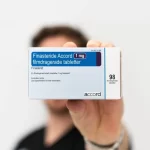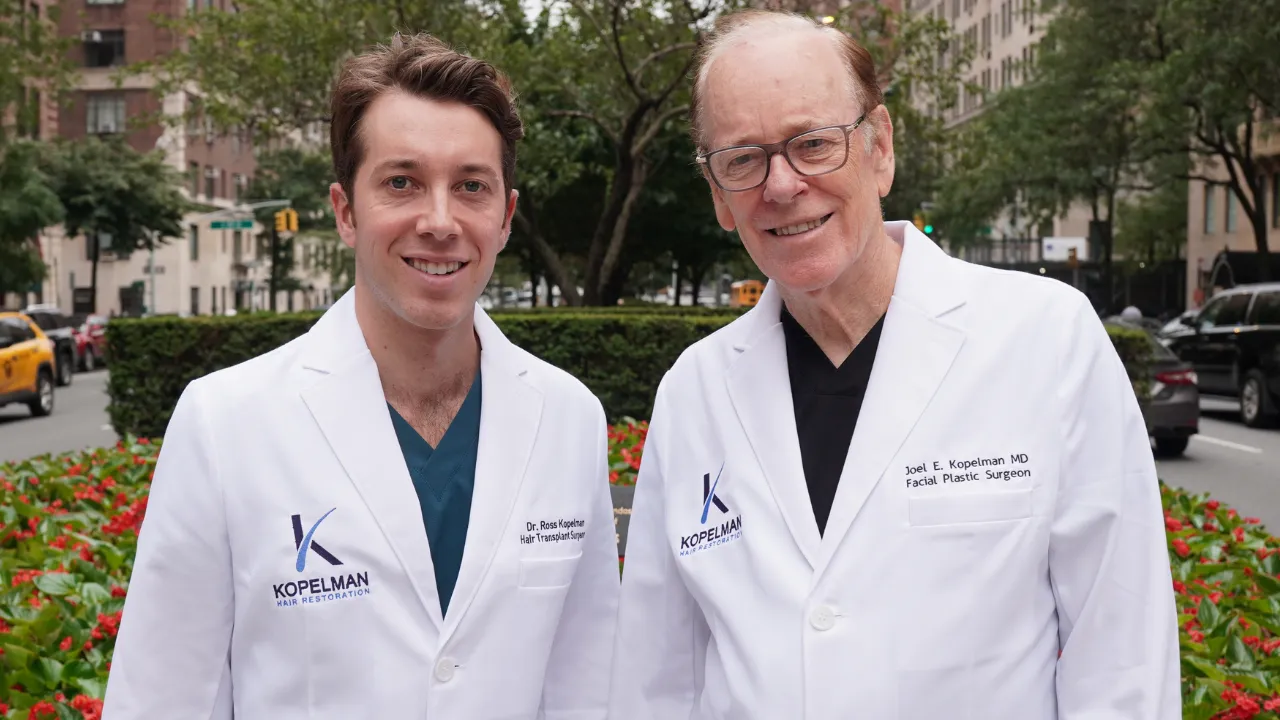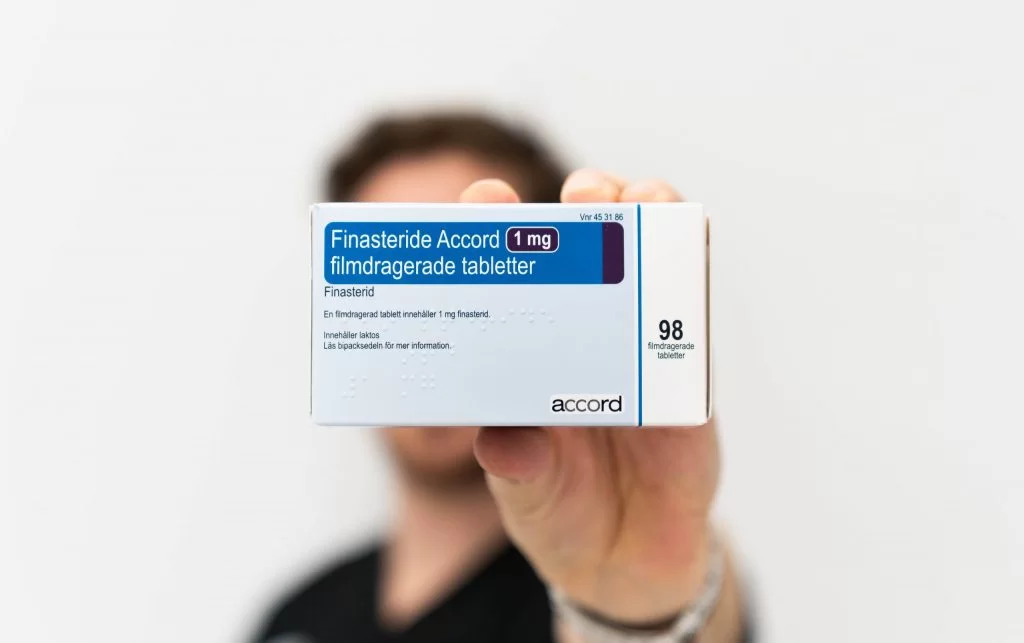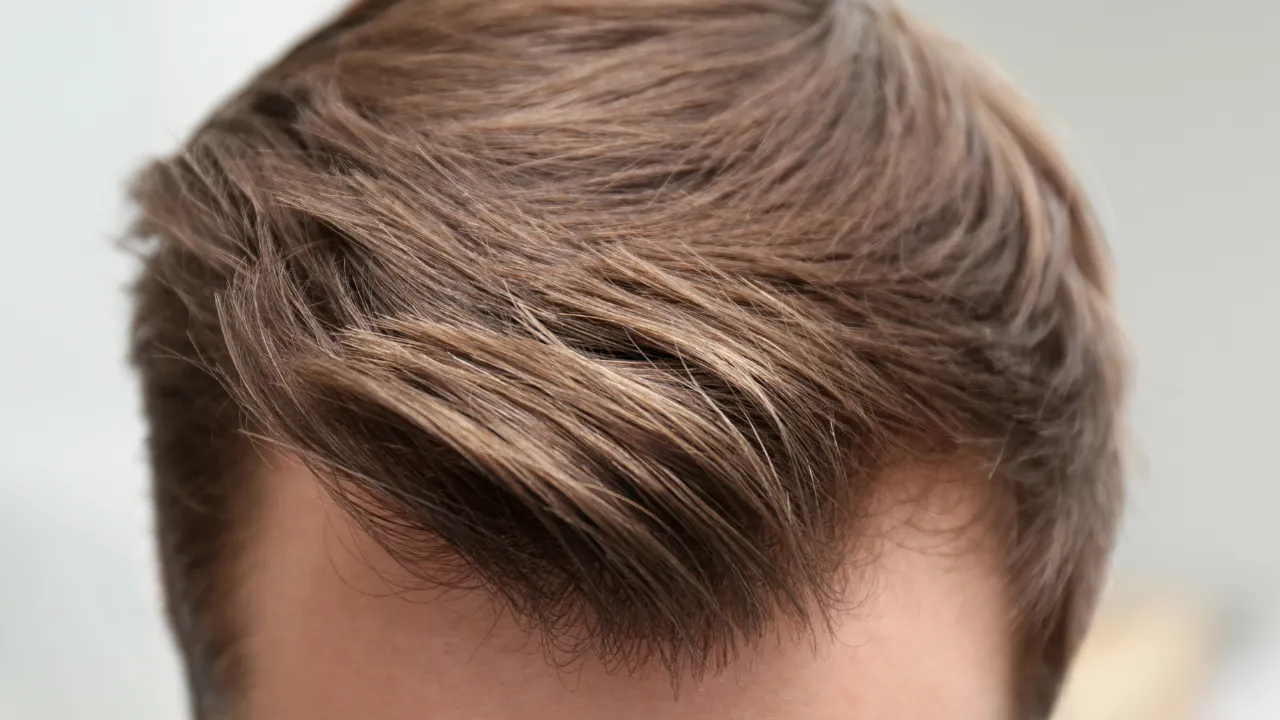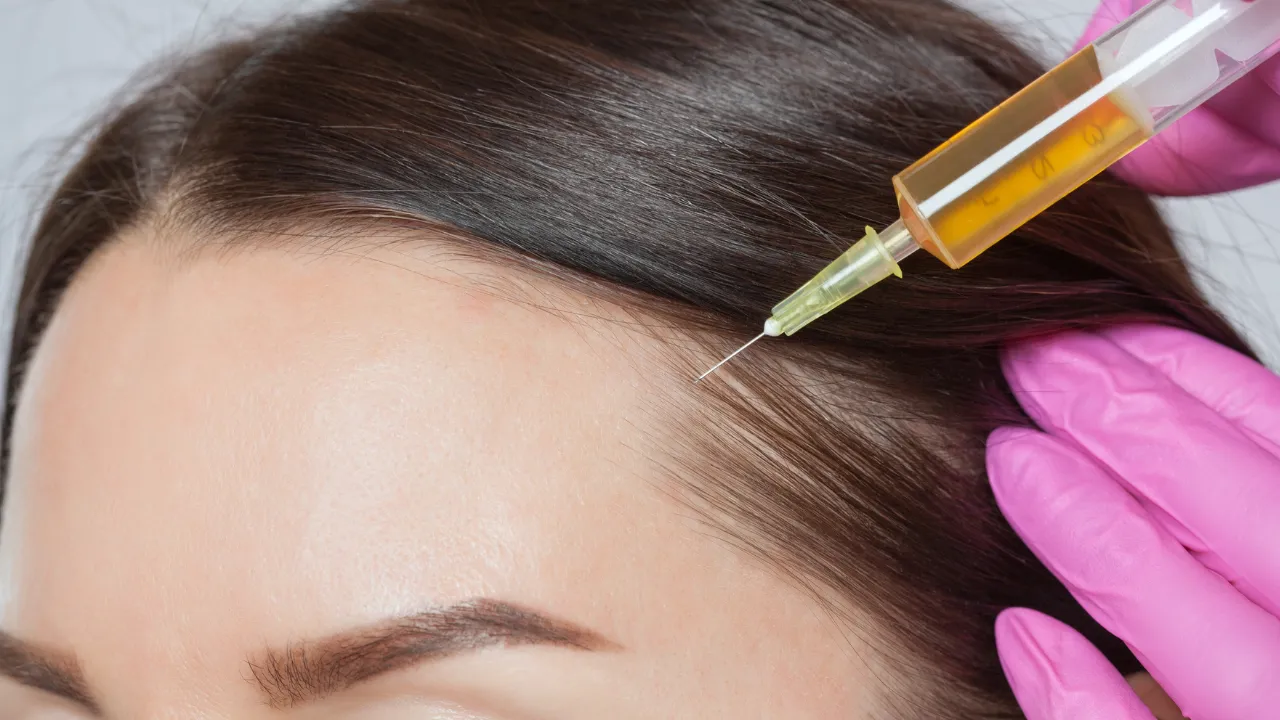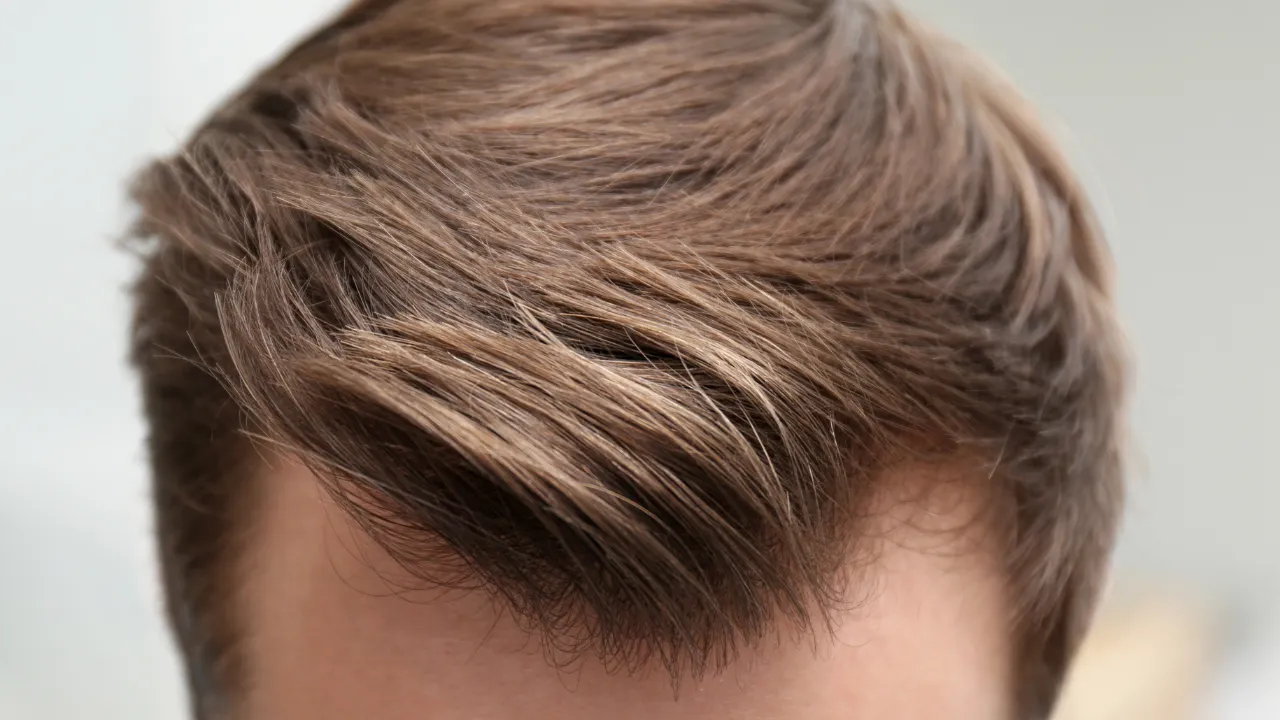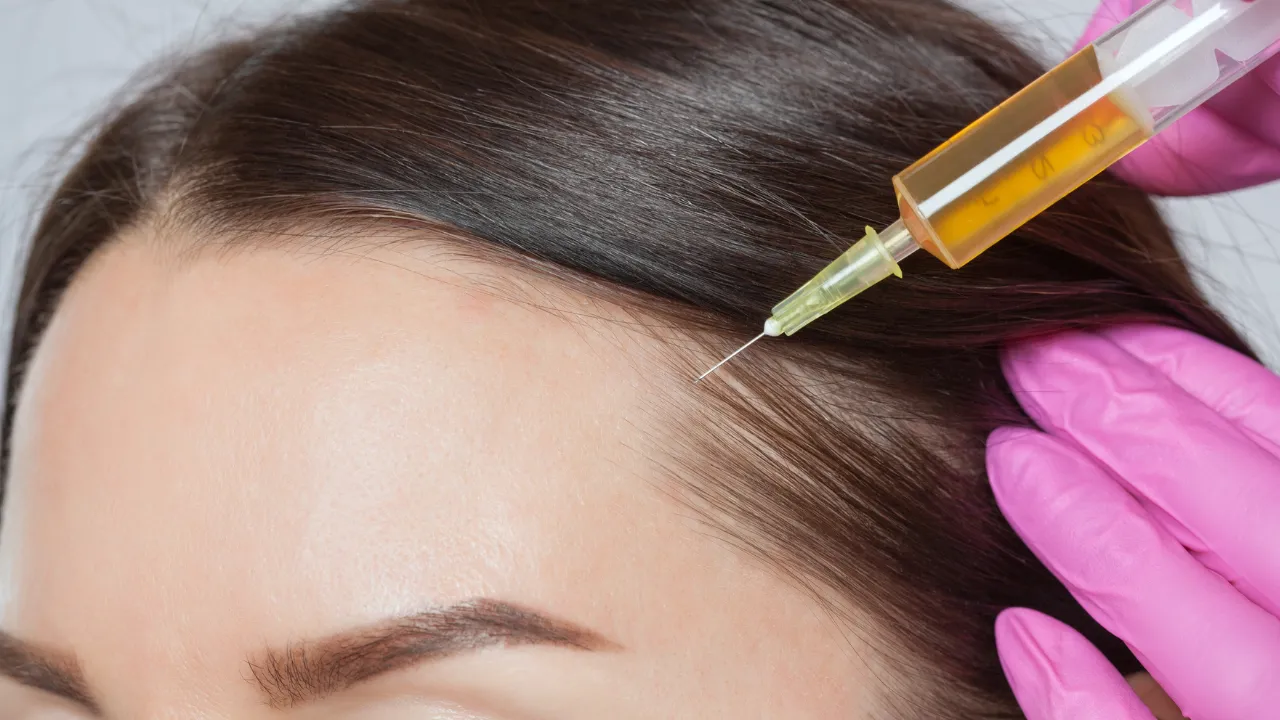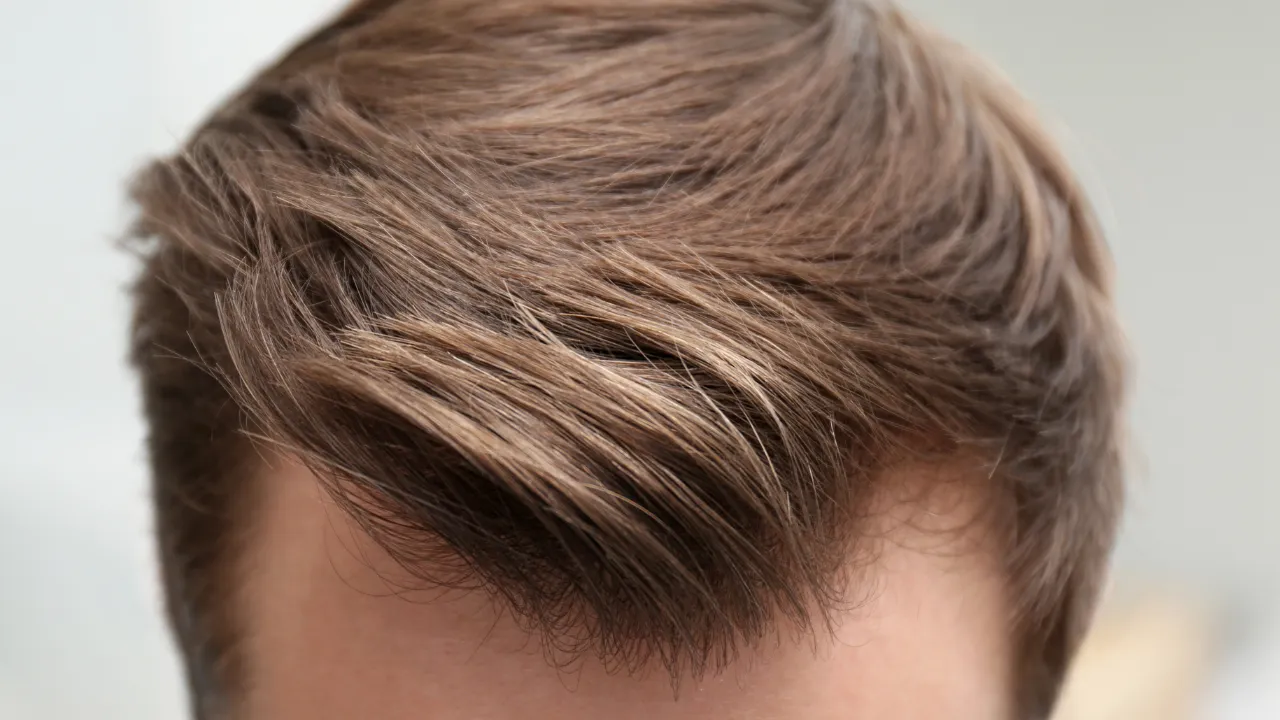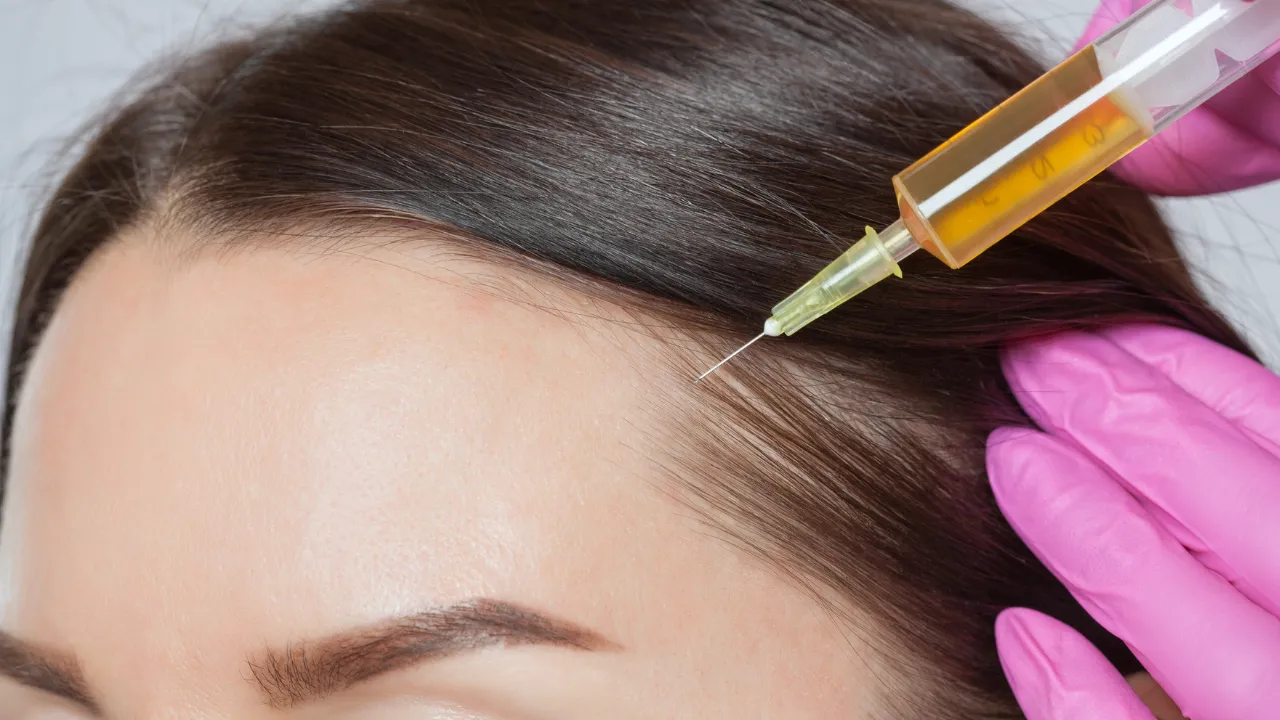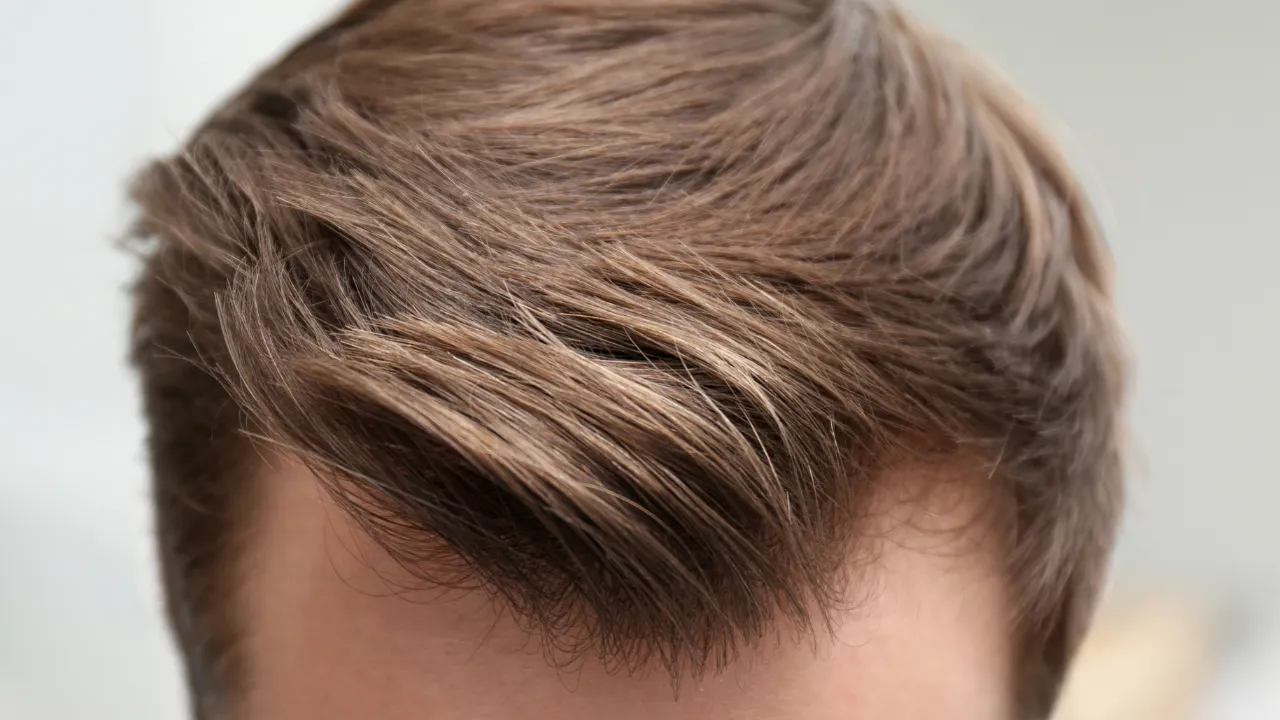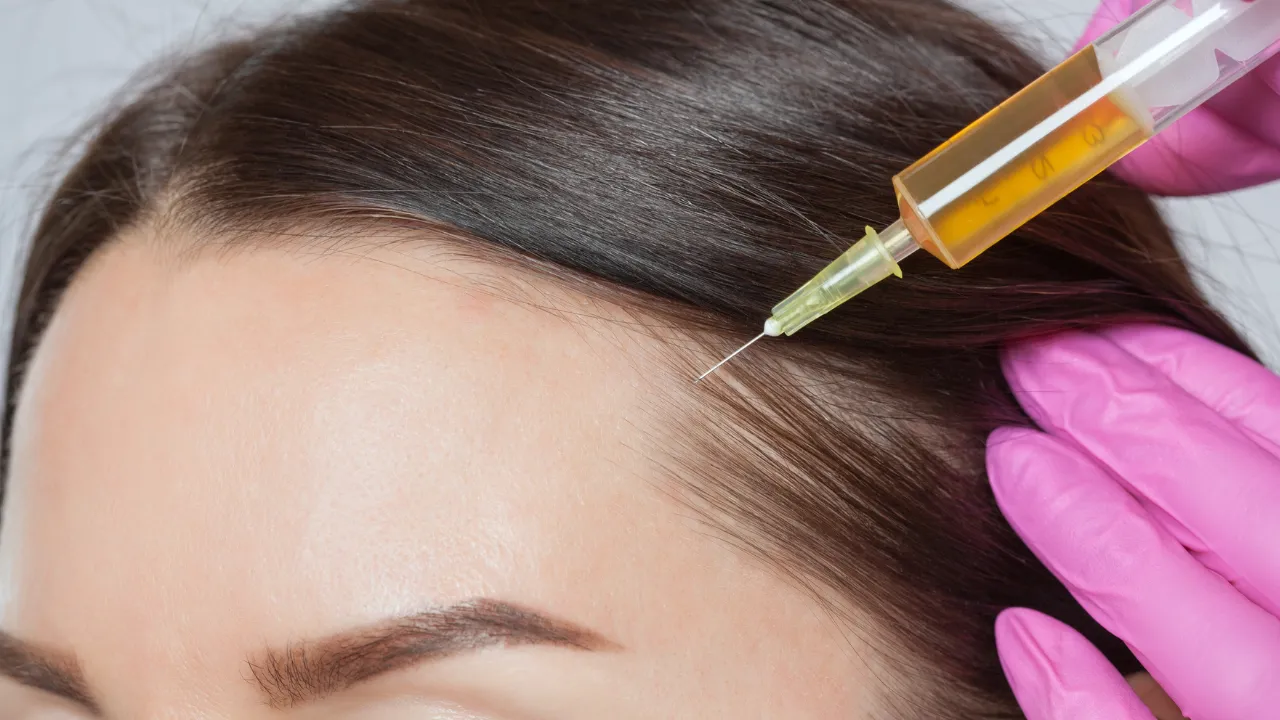Table of Contents
ToggleFor stem cells vs. hair transplants, a hair transplant usually works best for bald areas, while stem cell therapy may help in the early stage of thinning. Stem cells support existing follicles, but they cannot replace lost hair. At Kopelman Hair, our team guides patients based on patterns and goals.
Both options can improve density, but a transplant offers clearer coverage for large bald spots. Stem cells are less invasive and support thinning zones. This helps patients understand which approach fits their needs.
Key Takeaways
- Stem cell therapy may improve hair density for patients in the early stage of thinning.
- Traditional hair transplants can give long-term coverage.
- Treatment choice depends on donor supply, pattern, stage, and goals.
- Stem cell therapy may need several sessions for steady results.
- Choose a trusted clinic to minimize risk and ensure a favorable outcome.
Which Option Works Better?
A hair transplant helps more when bald spots are large. Stem cell hair restoration may help address thinning zones in the early stages of hair loss. Many patients combine both methods to achieve better results when selecting a hair restoration technique.
Early vs. long-term outcomes
Stem cells need time and repeat visits. Hair transplants often deliver lasting coverage once regrowth occurs. Patients should compare the speed and strength of results.
Treatment Process Overview
Stem cell treatments may be minimally invasive and support scalp health through regenerative medicine. Hair transplant procedures involve careful graft placement, like follicular unit transplantation techniques. These differences help patients know what each method feels like.
What to Expect During Treatment Sessions
Stem cell sessions are short and allow a quick return to routine. Hair transplant procedures take several hours. Local anesthesia helps keep you comfortable.
How Stem Cell Therapy and Hair Transplants Work
Stem cell therapy supports existing hair follicles. Hair transplants move follicles to areas that cannot grow hair. Both options can improve thickness.
Can stem cell therapy regrow hair?
Stem cells can slow early thinning. They do not fix areas with no follicles.
Donor area requirements
Hair transplants need a strong donor zone. Patients with weak donor supply may try stem cell support. A medical check helps pick the best plan, and tools like a hair graft estimator can offer an early idea of how many grafts you may need.
Results, Permanence, and Success Rates
Hair transplants provide long-lasting growth in the treated areas. Stem cells support follicle activity over time. Some patients benefit from using both.
Hair transplant vs. stem cells results
Hair transplants create clear coverage. Stem cells help with thinning. Early action gives the best chance at success.
Stem cell before and after
Results build slowly and may need more sessions. Many patients see a thicker texture. Ongoing care matters.
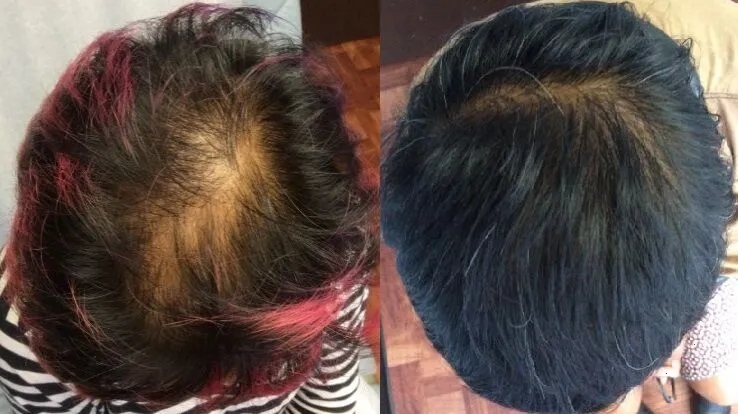
Treatment Duration and Visit Frequency
Stem cells may need spaced visits. Hair transplants usually need one main session. Patience helps manage expectations.
Is a stem cell or hair transplant permanent?
Hair transplant results last for many years. Stem cell therapy may need refresh sessions. Genetics influence changes.
Cost Comparison
Hair transplants cost more due to the surgery time. Stem cells cost less per visit but require repeat treatments. Long-term value matters, and reviewing average hair treatment cost ranges can help with financial planning.
Stem cell vs hair transplant cost
Stem cell therapy often ranges from $3,000 to $5,000 per treatment cycle. A hair transplant usually ranges from $15,000 to $25,000, depending on graft count. Costs vary by location and tools used. Patients should plan both immediate and future expenses. Budgeting helps with expectations, and reviewing average stem cell hair transplant cost ranges can help prepare for treatment decisions.
Maintenance and follow-up costs
Some patients use hair products or medicine after treatment. Stem cells may need follow-up visits. Planning avoids surprises.
Benefits and Limitations
Transplants offer strong coverage. Stem cells help scalp health. Donor limits can impact surgery, and biology influences the response.
Natural hairline design
Surgeons place transplant grafts to match the natural flow. Small details matter. This helps create realistic results.
Growth predictability
Hair transplants predict density in problem areas. Stem cell results can vary more. Diagnosis guides planning.
Long-term care needs
Medicine, lifestyle, and follow-ups protect growth. Scalp health improves outcomes, and learning how to slow balding can help protect long-term density. Routine checks help keep density.
Risks, Side Effects, and Recovery
Tenderness and swelling are common. Stem cells heal fast. Most issues fade in days.
Stem cell hair transplant side effects
Redness at the injection site can occur. Complications are rare. Skilled care lowers risk.
Downtime and complications
Transplants need a short recovery, while stem cells allow same-day work. Swelling may appear. Aftercare supports healing.
Pain Level and Anesthesia Expectations
Local anesthesia reduces discomfort. Mild soreness may follow stem cell injections. Share any concerns with your provider.
Safety considerations
Check clinic training and records. Certified care lowers risk. Clear communication matters.
Unregulated Clinic Caution
Avoid clinics without medical oversight. Poor methods raise infection risk. Research keeps you safe.
Recovery Timeline
Swelling fades in days. Growth starts in weeks and improves for months, and you can review a detailed hair transplant timeline to see how results progress month by month. Stem cell changes also build slowly.
Who Should Choose Each Option
Stem cells help with early thinning, and recognizing signs of hair thinning early can improve outcomes. Transplants help when follicles are missing. Doctors match treatment to severity.
Ideal candidates
Healthy patients with fair goals respond best. Early action helps preserve hair. An exam prevents bad outcomes.
Contraindications and Eligibility Conflicts
Some health issues lower success. Autoimmune or scarring issues may affect the results. Doctors check overall health.
Suitability by Hair Loss Stage
Early-stage thinning responds to stem cells. Blended plans may help mid-stage loss. Late loss often needs surgery.
Expert Recommendations From Hair Specialists
Experts suggest reviewing both choices with a trained provider. Kopelman Hair offers custom plans. Dr. Kopelman checks the hair pattern and donor supply. Follow-up protects long-term success. Schedule your personalized consultation today.




